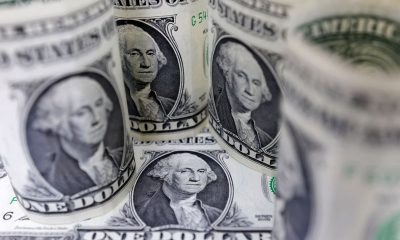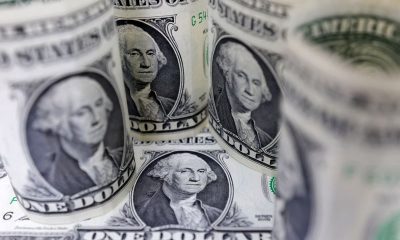Forex
Dollar wobbles in thin trading; yen firms
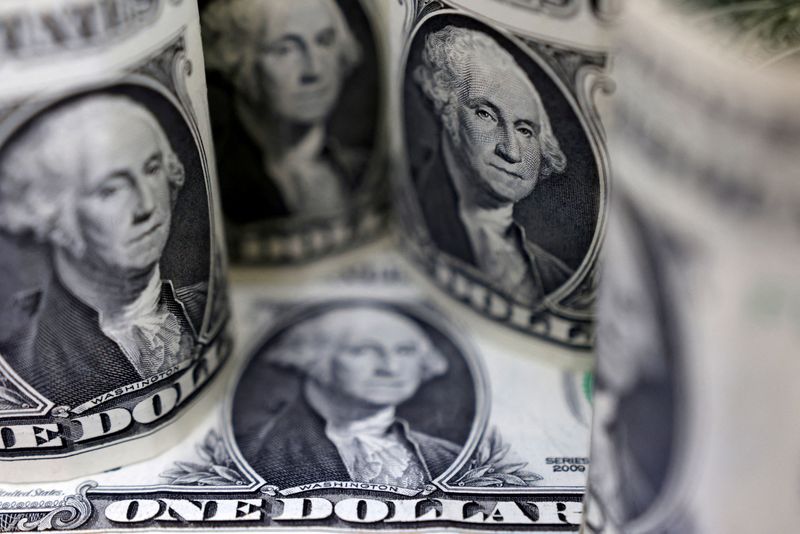
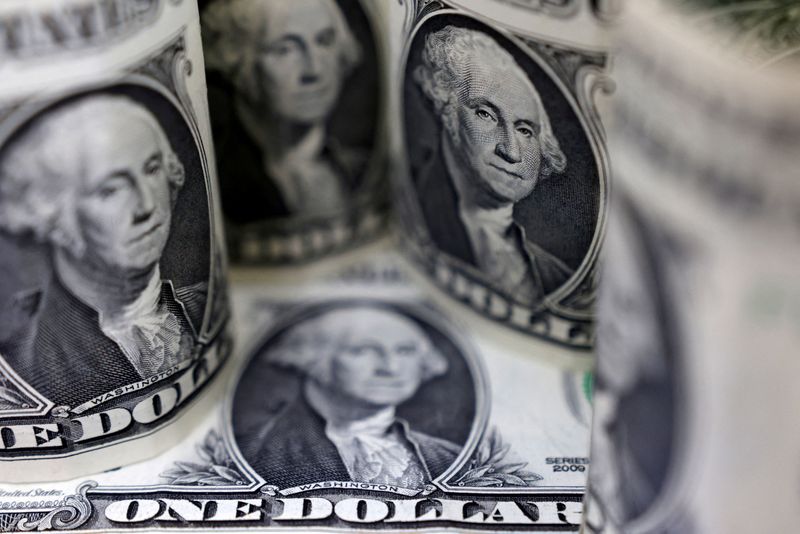
© Reuters. FILE PHOTO: U.S. Dollar banknotes are seen in this illustration taken July 17, 2022. REUTERS/Dado Ruvic/Illustration/File Photo
By Rae Wee
SINGAPORE (Reuters) -The dollar was trying to find a floor on Tuesday in holiday-thinned trade, pressured by signs that inflation in the world’s largest economy is cooling which will likely give the Federal Reserve room to ease interest rates next year.
The yen meanwhile steadied near its recent five-month peak on the view that the Bank of Japan (BOJ) could soon mark an end to its ultra-easy policy. For most of 2022 and 2023, the policy has kept the Japanese currency under pressure as other major central banks embarked on aggressive rate-hike cycles.
Currency moves were largely muted in the day after Christmas, as markets in the UK, Australia, New Zealand and Hong Kong, among others, were still out for a public holiday.
Against the greenback, the New Zealand dollar scaled a fresh five-month peak of $0.6325, while the Australian dollar was similarly huddled near its recent five-month top and last bought $0.6817.
The euro edged 0.03% higher to $1.1024, not too far from a five-month top of $1.1040 hit last week, while sterling was little changed at $1.2706.
Data released on Friday showed U.S. prices fell in November from the previous month for the first time in more than 3-1/2 years and the annual increase in inflation slipped further below 3%, boosting market expectations of an interest rate cut from the Fed next March.
The reading came a week after Fed policymakers opened the door to rate cuts in 2024 at the central bank’s final policy meeting for the year, a move that drove the dollar lower.
“The Fed has made considerable progress on inflation, as core started the year closer to an annual rate of 5%, though the job is not yet done in ensuring inflation is on a sustained trajectory toward its 2% target,” Wells Fargo analysts said in a note.
The languished near a five-month low of 101.42 hit last week, and was last at 101.59.
In Asia, the yen rose 0.1% to 142.25 per dollar, drawing additional support from comments by BOJ Governor Kazuo Ueda.
Ueda said on Monday the likelihood of achieving the central bank’s inflation target was “gradually rising” and it would consider changing policy if prospects of sustainably achieving the 2% target increase “sufficiently”, though he said the BOJ had not decided on a specific timing to change its ultra-loose monetary stance.
“BOJ Governor Ueda did not provide any policy guidance in his speech yesterday, though he was hopeful that Japan was finally getting out of the low-inflation environment,” said Alvin Tan, head of Asia FX strategy at RBC Capital Markets.
A slew of data out on Tuesday showed Japan’s jobless rate was unchanged at 2.5% in November from the previous month, while business-to-business service inflation was steady at 2.3% last month.
Elsewhere, the Chinese yuan dipped against the greenback on rising expectations of further monetary easing measures from Beijing.
Five of China’s largest state banks lowered interest rates on some deposits at the end of last week, the third round of such cuts this year. Several listed banks have since followed suit, the official Shanghai Securities News reported on Tuesday.
The cuts could smoothen the People’s Bank of China’s (PBOC) move towards easing monetary policy, and will drive money into wealth management products and bond funds, Caitong Securities said in a report.
The edged 0.1% lower to 7.1433 per dollar, while its offshore counterpart last stood at 7.1461 per dollar.
Forex
BofA sees potential for further USD selling by CTAs
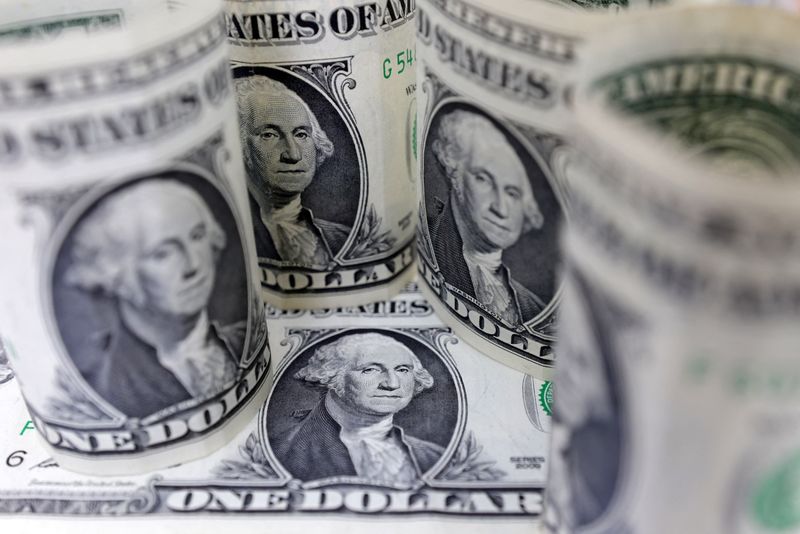
On Monday, Bank of America (BofA) provided insights into the potential actions of Commodity Trading Advisors (CTAs) in the coming week.
According to BofA, CTAs might continue to sell the U.S. dollar (USD) against most currencies following a trend that emerged after the Consumer Price Index (CPI) report led to a weakening dollar. The bank’s models indicate that USD long positions have been reduced this week.
The bank’s analysis suggests that in the foreign exchange (FX) market, CTAs are likely to persist with short covering in the euro (EUR), British pound (GBP), and Canadian dollar (CAD).
Additionally, there is an expectation for CTAs to increase their recently established long positions in the Australian dollar (AUD) and potentially initiate a long position in the Mexican peso (MXN), given the positive trend strength for the peso.
In the commodities sector, despite an increase in the price of gold last week, the trend for the precious metal declined, prompting CTAs to sell, albeit at a slower pace. BofA anticipates that this trend of selling gold and oil will continue into the next week.
The analysis also noted that CTAs’ long positions in are nearing extremely high levels, while long positions in aluminium are being unwound. In contrast, soybeans are experiencing short covering.
The bank’s report serves as a gauge of how trend-following traders might adjust their portfolios in response to market movements.
This article was generated with the support of AI and reviewed by an editor. For more information see our T&C.
Forex
BofA sees further dollar depreciation, expects G10 FX to stay in range
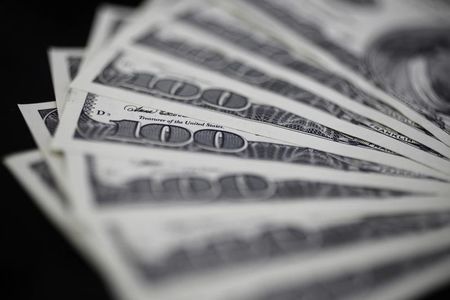
On Monday, Bank of America (BofA) analysts provided insights into the current state of G10 foreign exchange (FX) markets, noting a general sentiment of disappointment among investors due to the markets’ lack of volatility.
Despite a recent reversal in the U.S. dollar (USD), major currency pairs have not moved significantly, staying within their established ranges. BofA anticipates further depreciation of the USD, yet it emphasizes that the currency’s movements are expected to remain close to year-end consensus forecasts.
The analysis highlighted that while markets have expressed a desire for more excitement in G10 FX trading, they must come to terms with the inherent trade-off between carry trade opportunities and higher volatility. Carry trades, where investors borrow in low-yielding currencies to invest in higher-yielding ones, have been identified as a dominant trend post-global financial crisis.
However, this strategy tends to reduce market volatility, leading to what BofA describes as an “uninspiring” and “stuck in the mud” trading environment.
BofA’s commentary suggests that the pursuit of carry as a passive strategy has been a factor in dampening volatility in the FX markets. The firm underscores that investors should not expect both high carry returns and high volatility, as these market conditions are typically mutually exclusive. The lack of clear fundamental trends in G10 FX has been a source of frustration for markets, but the current trend of carry is clear, even if it leads to lower volatility.
The analysts also touched upon the anticipation around the next batch of U.S. data, which many investors hope might shift the narrative. However, BofA indicates that such expectations may be overly optimistic. The firm’s message to the markets is to adjust expectations and accept the current dynamics, with the USD continuing to play a central role in the G10 FX space.
In summary, BofA’s analysis points to a continuation of the recent patterns in G10 FX markets, with a slight downward trend in the USD value but within the bounds of recent trading ranges.
This article was generated with the support of AI and reviewed by an editor. For more information see our T&C.
Forex
Narrow dollar range likely to remain for now – Goldman
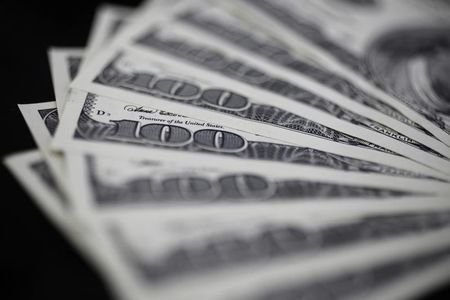
Investing.com – The U.S. dollar is trading in a calm fashion against the majors of late, and these narrow ranges will likely stay for a while longer, according to Goldman Sachs, with divergence having to wait.
AT 05:20 ET (09:20 GMT), the Dollar Index, which tracks the greenback against a basket of six other currencies, traded unchanged at 104.330, steadying after losing around 1% last week in the wake of soft U.S. inflation data.
“We think there is only limited room for the market to press Dollar shorts on the back of the inflation news,” said analysts at Goldman Sachs, in a note dated May 17.
“After all, while the prints were mostly in line with expectations, they were not in line with the target. As a result, the news does not change the policy outlook much beyond reinforcing the recent rhetoric.”
The subsequent market response has been reminiscent of the post-March FOMC FX reaction, when the response to ‘dovish dots’ stalled not because of fresh data, but instead because FX is still a relative game, and the Dollar fundamentals have not shifted much, the investment bank added.
And, this time around, we think the rally in front end rates looks more consistent with cyclical concerns rather than dovish expectations.
“That matters for FX because there is a narrow path for the Dollar to depreciate on a broad basis when growth is softening,” the bank added. “This is especially true in the current environment when faster Fed cuts would likely be met with easier policy abroad as well.”

 Forex2 years ago
Forex2 years agoForex Today: the dollar is gaining strength amid gloomy sentiment at the start of the Fed’s week

 Forex2 years ago
Forex2 years agoHow is the Australian dollar doing today?

 Forex1 year ago
Forex1 year agoUnbiased review of Pocket Option broker

 Forex2 years ago
Forex2 years agoDollar to pound sterling exchange rate today: Pound plummeted to its lowest since 1985

 Cryptocurrency2 years ago
Cryptocurrency2 years agoWhat happened in the crypto market – current events today

 World2 years ago
World2 years agoWhy are modern video games an art form?

 Stock Markets2 years ago
Stock Markets2 years agoMorgan Stanley: bear market rally to continue

 Economy2 years ago
Economy2 years agoCrude oil tankers double in price due to EU anti-Russian sanctions

